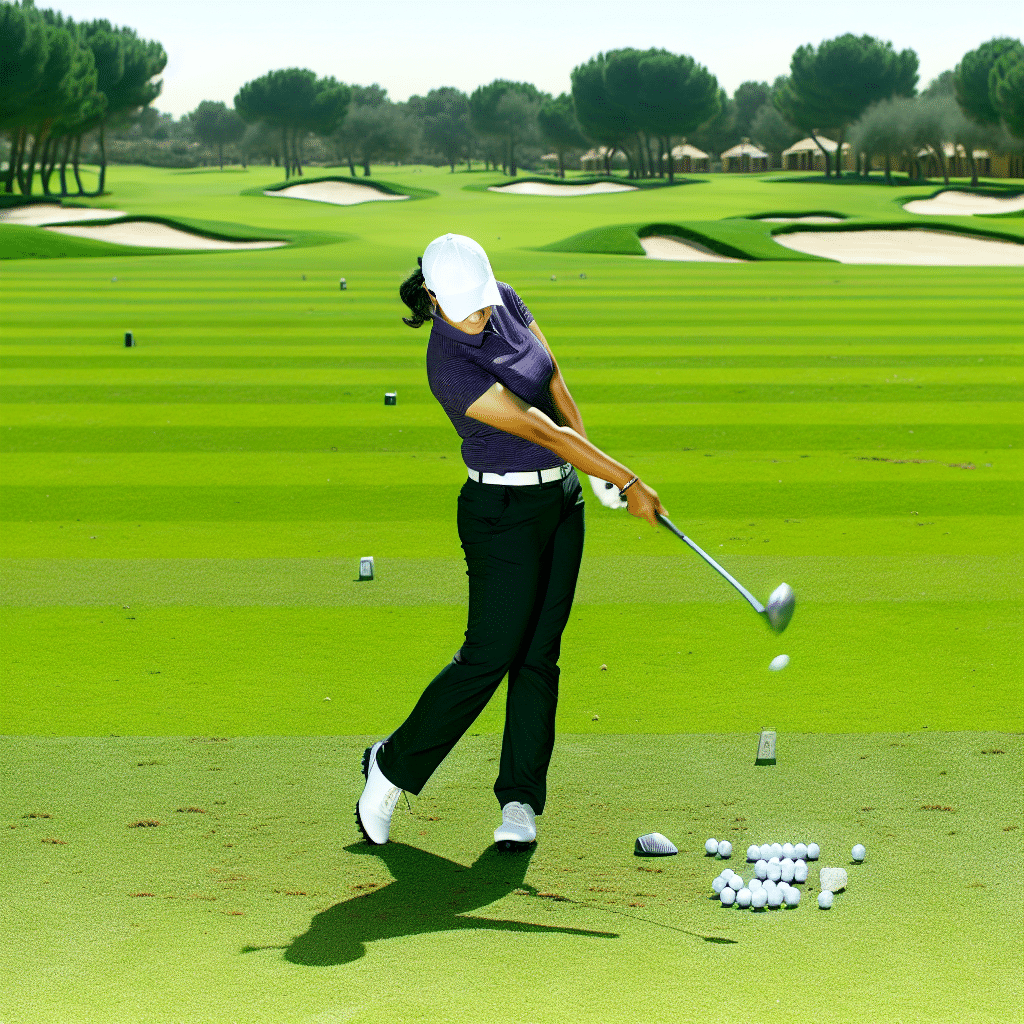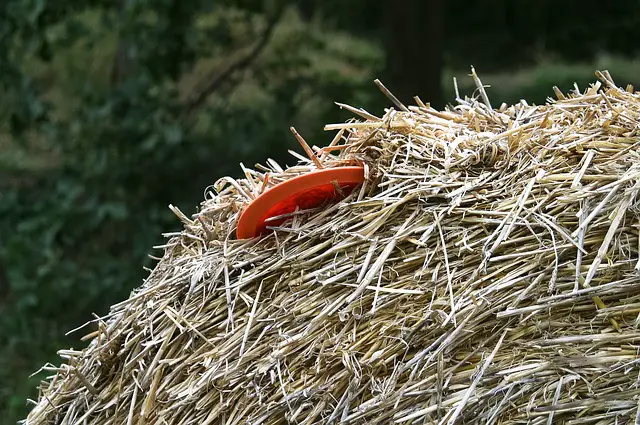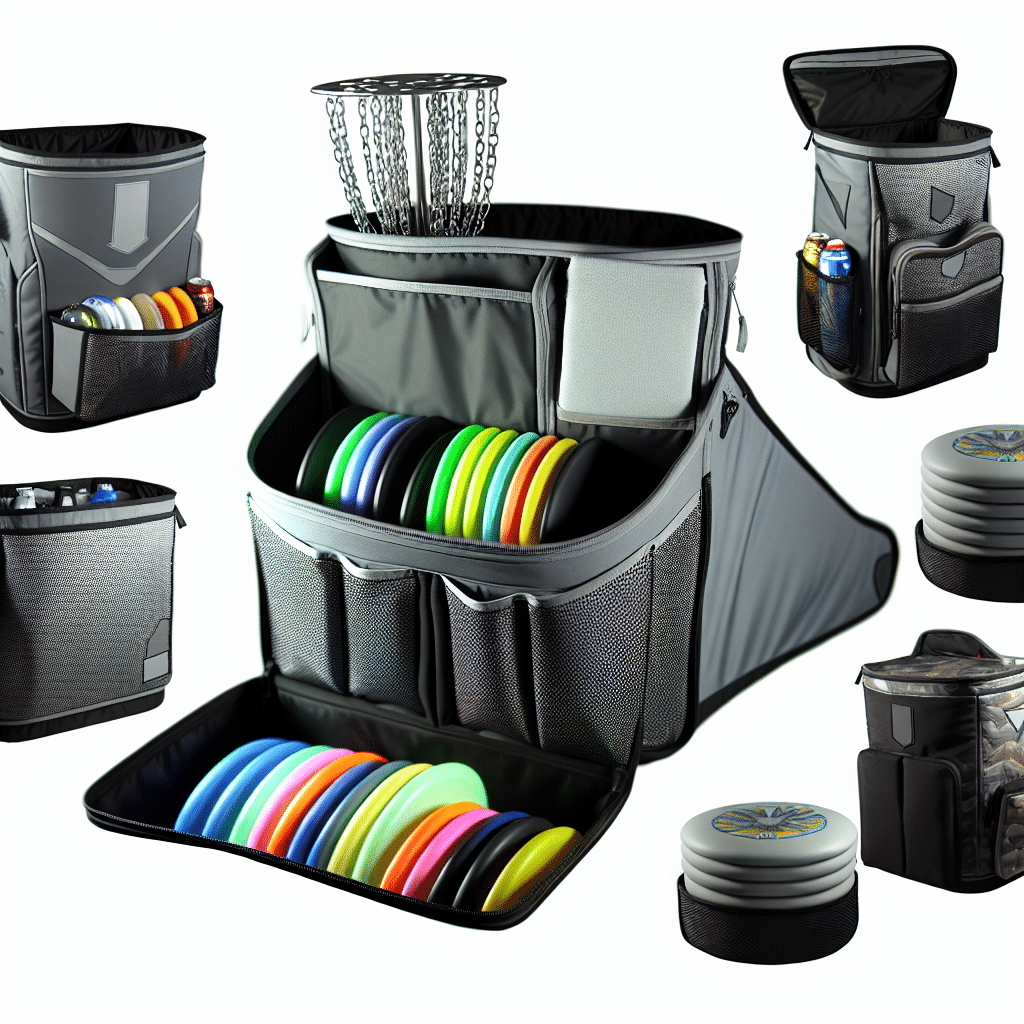For golfers seeking to elevate their game, mastering the art of spinning a golf ball is a skill that can significantly boost performance. Whether you are aiming for precision on the green or attempting to navigate challenging terrains, understanding how to control the spin of your golf ball can make all the difference. This article delves into the intricate techniques required to achieve that perfect spin.
What is Golf Ball Spin and Why Does it Matter?
Golf ball spin refers to the rotation of the ball as it travels through the air. This rotation can have a significant impact on the ball’s trajectory, distance, and eventually where it lands. There are two primary types of spins: backspin and sidespin.
Backspin
Backspin occurs when the bottom of the ball rotates in the same direction as the clubface. This type of spin is crucial for controlling the distance and stopping the ball quickly upon landing. It is particularly useful for approach shots and pitches.
Sidespin
Sidespin, on the other hand, causes the ball to curve to the left or right. Depending on the direction, it is referred to as a slice (right) or hook (left). While sidespin can be skilled for navigating obstacles, excessive sidespin generally indicates a mishit.
Choosing the Right Equipment
Golf Clubs
Using the right kind of clubs is paramount for achieving effective spin. Wedges are typically the go-to clubs for generating spin due to their loft and the nature of their clubface. A wedge with a higher loft angle (like a sand wedge or lob wedge) can impart more spin on the ball.
Golf Balls
Not all golf balls are created equal when it comes to spin. Premium balls tend to have softer covers that engage better with the clubface, creating more spin. If you are serious about learning how to spin a golf ball, investing in high-quality golf balls is highly recommended.
The Technique: How to Spin a Golf Ball?
1. The Grip
Your grip on the club can significantly influence the spin. A firm grip allows for better control and precision. Ensure that your hands are positioned correctly on the club, and avoid gripping too tightly, as this can hinder the clubface’s ability to engage with the ball.
2. The Stance
Your stance should be slightly open to your target line. Position the ball further back in your stance to ensure the clubface hits down on the ball, promoting backspin. Bend your knees slightly and maintain a balanced posture.
3. The Swing
Backswing
During the backswing, ensure that your clubhead is low to the ground and your wrists hinge naturally. This setup positions you for a downward strike on the ball.
Downswing and Impact
As you move into the downswing, shift your weight to your front foot. Keeping your hands ahead of the ball at impact is crucial. Strike downwards on the ball with a slightly open clubface to generate the desired backspin.
Follow Through
A controlled follow through is essential. Avoid an overly aggressive follow-through, as it can reduce spin. Instead, aim for a smooth, controlled motion to maintain precision and spin.
4. Clubface Angle and Speed
Clubface angle and speed are critical factors in determining the amount of spin. An open clubface relative to the swing path will generate more spin. Additionally, the speed of your swing contributes to the spin rate; a faster swing often produces more spin.
Practice Drills to Perfect Your Spin
Chipping Drill
Set up a series of targets at varying distances and practice your chipping with different wedges. Focus on striking the ball cleanly and observe how the ball reacts upon landing.
Impact Drill
Place a tee in the ground just outside your golf ball. Practice hitting the ball without disturbing the tee. This drill helps you understand the correct downward strike needed for effective backspin.
Speed Control Drill
Using a wedge, practice hitting balls at different speeds. Observe how altering the speed of your swing influences the spin and trajectory.
Common Mistakes and How to Avoid Them
Too Much Wrist Action
Excessive wrist action can lead to mishits and reduced spin. Keep your wrists firm and allow the larger muscles of your body to control the swing.
Incorrect Ball Position
Positioning the ball too far forward or backward can result in undesired spin. Always place the ball correctly in your stance according to the shot you’re attempting.
Over-swinging
Many golfers make the mistake of over-swinging in an attempt to generate more spin. Focus on a balanced, controlled swing to achieve better results.
Conclusion: Spin to Win
Mastering how to spin a golf ball is an intricate process that requires the right equipment, proper technique, and consistent practice. By understanding the mechanics of spin, choosing the right clubs and balls, and applying diligent practice, you can significantly improve your control and performance on the course. Remember, golf is a game of precision and patience; refining your spin skills can ultimately lead to more accurate shots and lower scores.




